The charm and strength of wildflowers
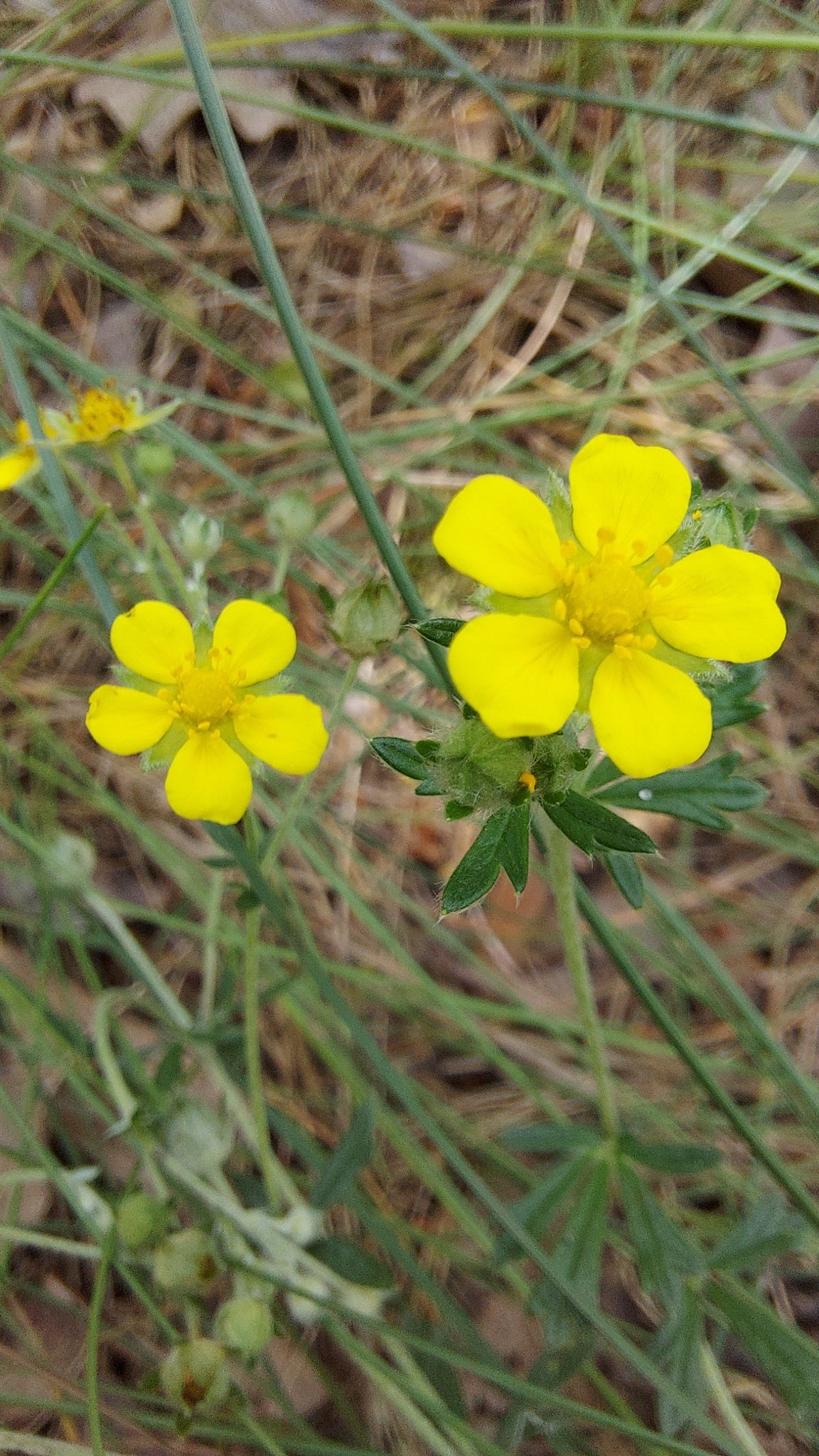
Many of us diligently cultivate our gardens. Our capricious plants cause us a lot of worries, but even so, our efforts do not always lead to success. At the same time, the meadow near my house changes its floral outfits without any human help. Wild flowers are definitely a miracle. Their survival rate may be envied by their garden relatives.
However, is there any reason to be surprised? Their entire lives are in a struggle. A tiny seed shed by a flower in autumn must survive the winter. Then it should sprout despite the rain or drought. At the same time, it is necessary to win a place among other meadow plants. Of course, only the strongest survive in such conditions.
By the way, exactly the same thing happens in the garden. If I hadn't periodically reduced the population of wild flowers, they would have survived all my varietal flowers from my garden long ago😂
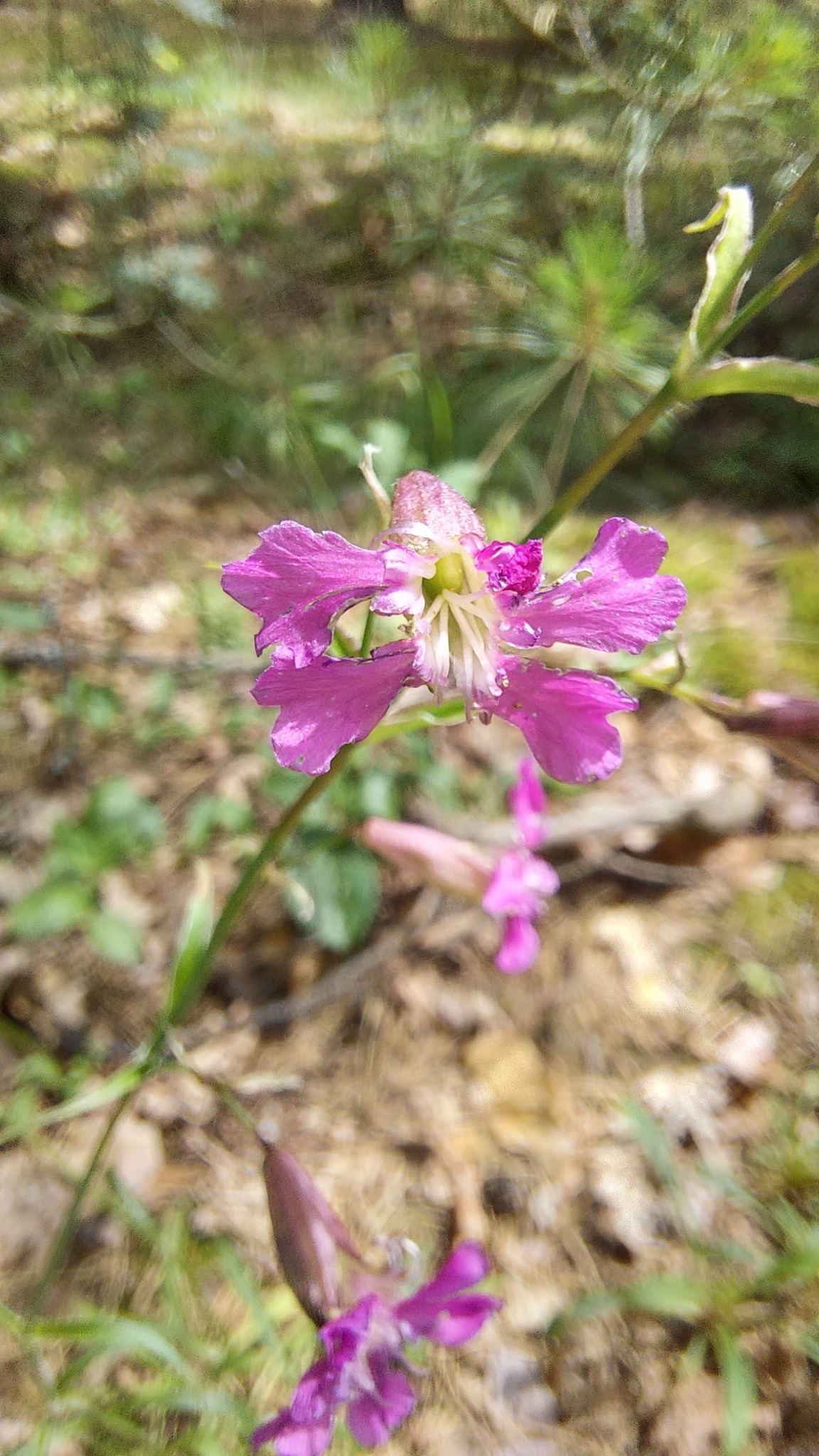
At the same time, I want to make a few additions regarding the place that I show you here. The Hive community is surprisingly diverse and each of us lives in an area that has its own peculiarities. All these photos were taken by me last week (the first week of July) 50 km from Kiev (the capital of Ukraine). This is a very typical species of nature here for this time of year and very typical vegetation. Geographic coordinates 50°34′57′′ N 30°00′19′′ E
If we talk about natural and climatic conditions, there are a few strokes that will make you even more appreciate the desire for life of our wildflowers. First of all, it's the soil. The fertile layer here is quite small (although this is not typical for Ukraine as a whole, which is an agrarian country). But where I live, it's true. Only 50 cm of fertile soil, and below is sandy soil. It is clear that these are difficult conditions for flowers. That's probably why our meadows are mostly surrounded by coniferous forests (I added a photo at the end so you can see the big picture).
Moreover, last year sunflowers grew on this floor. You probably know that the peculiarity of these colours is that they deplete the soil. This small remark is another detail that emphasises the unpretentiousness of wildflowers in my region.
The second point is related to climate change. Summer is getting hotter and drier every year. And the soil, due to the peculiarities I wrote about above, does not hold moisture at all. But despite this, I don't see any significant changes in wild flowers. So they've already adapted to it.
Once upon a time, when we were a child, we made beautiful wreaths from wildflowers. I still remember how to do it. However, my attitude to nature has become very careful, so I limit myself to photography.
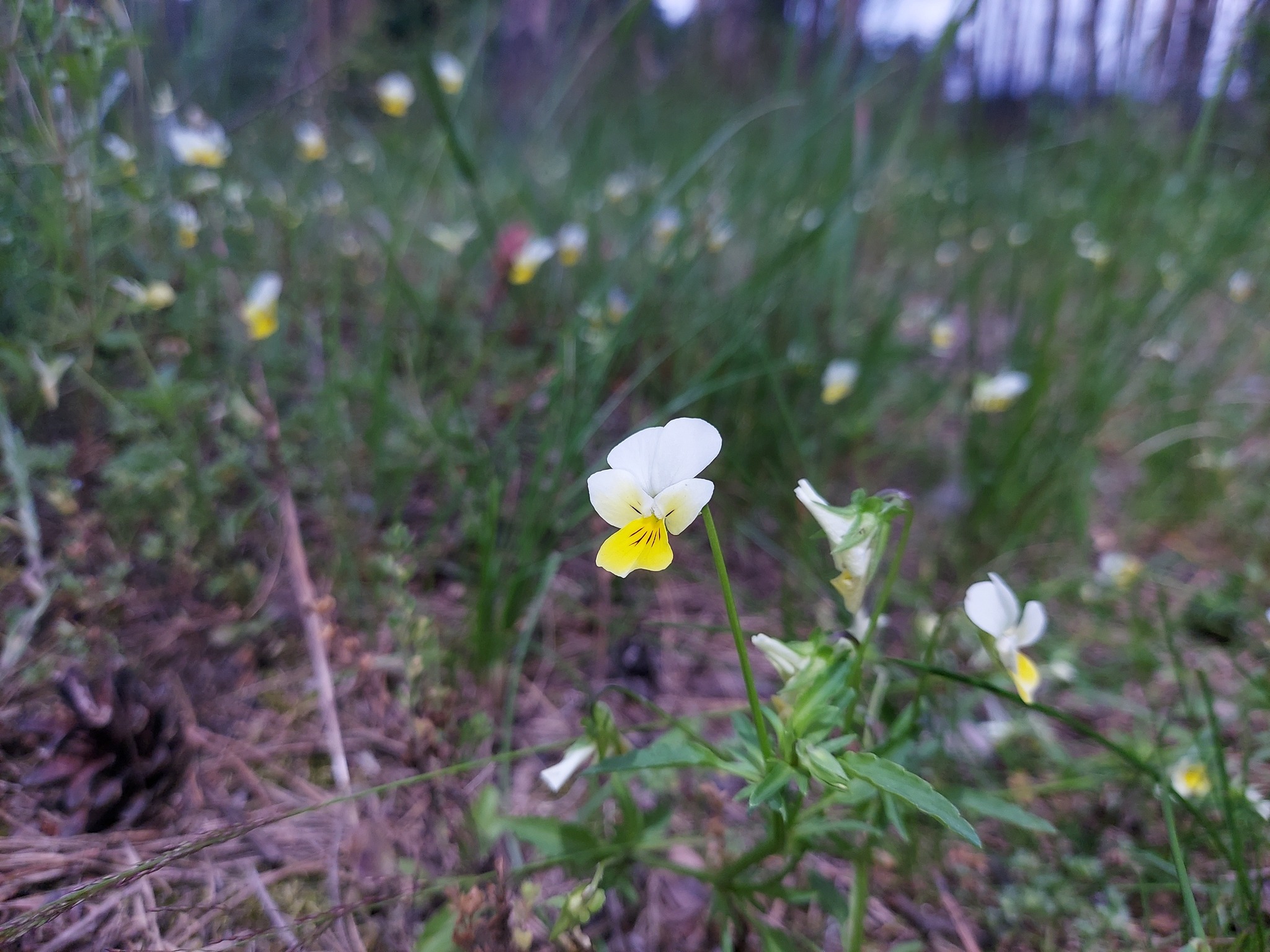

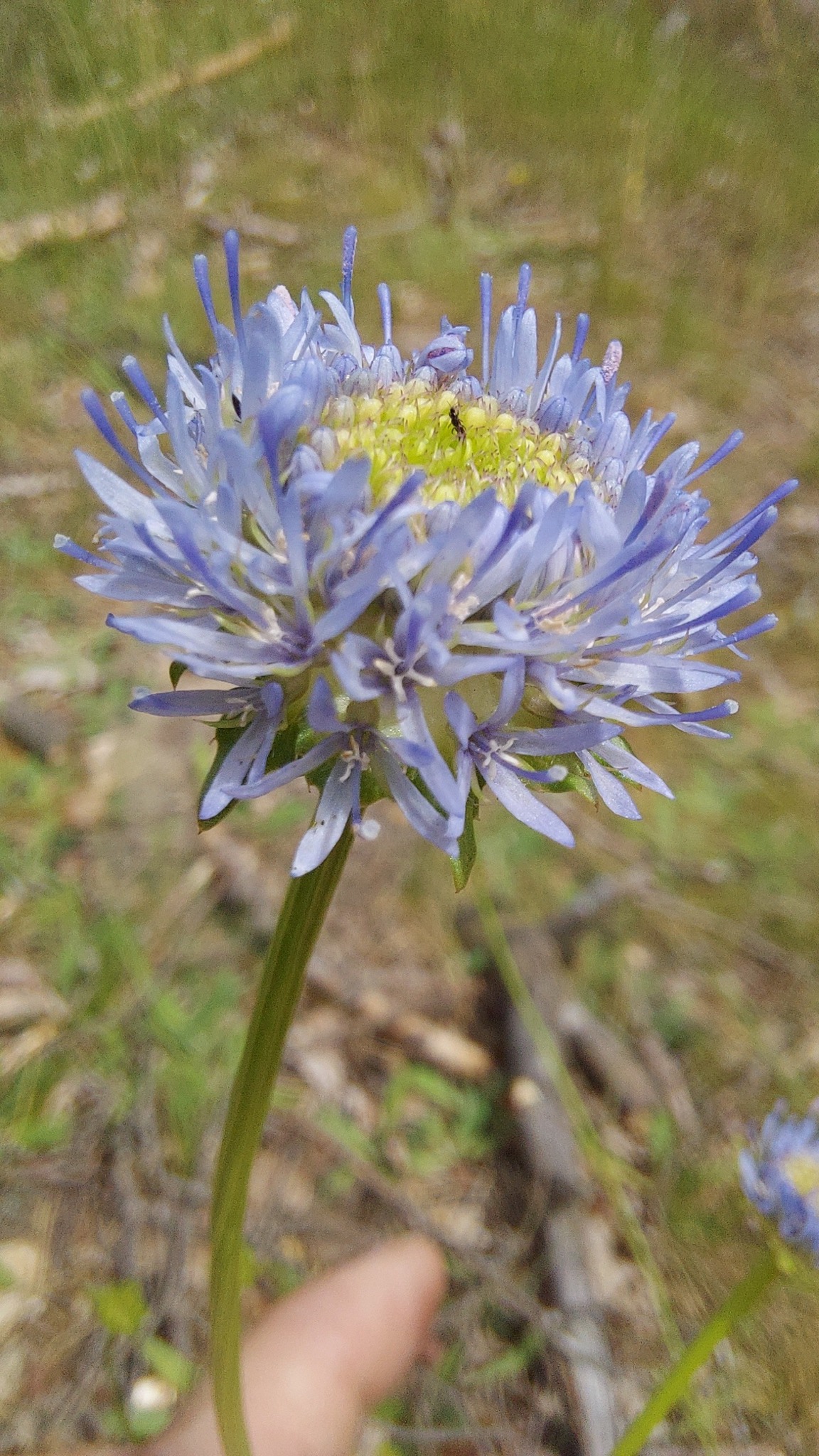
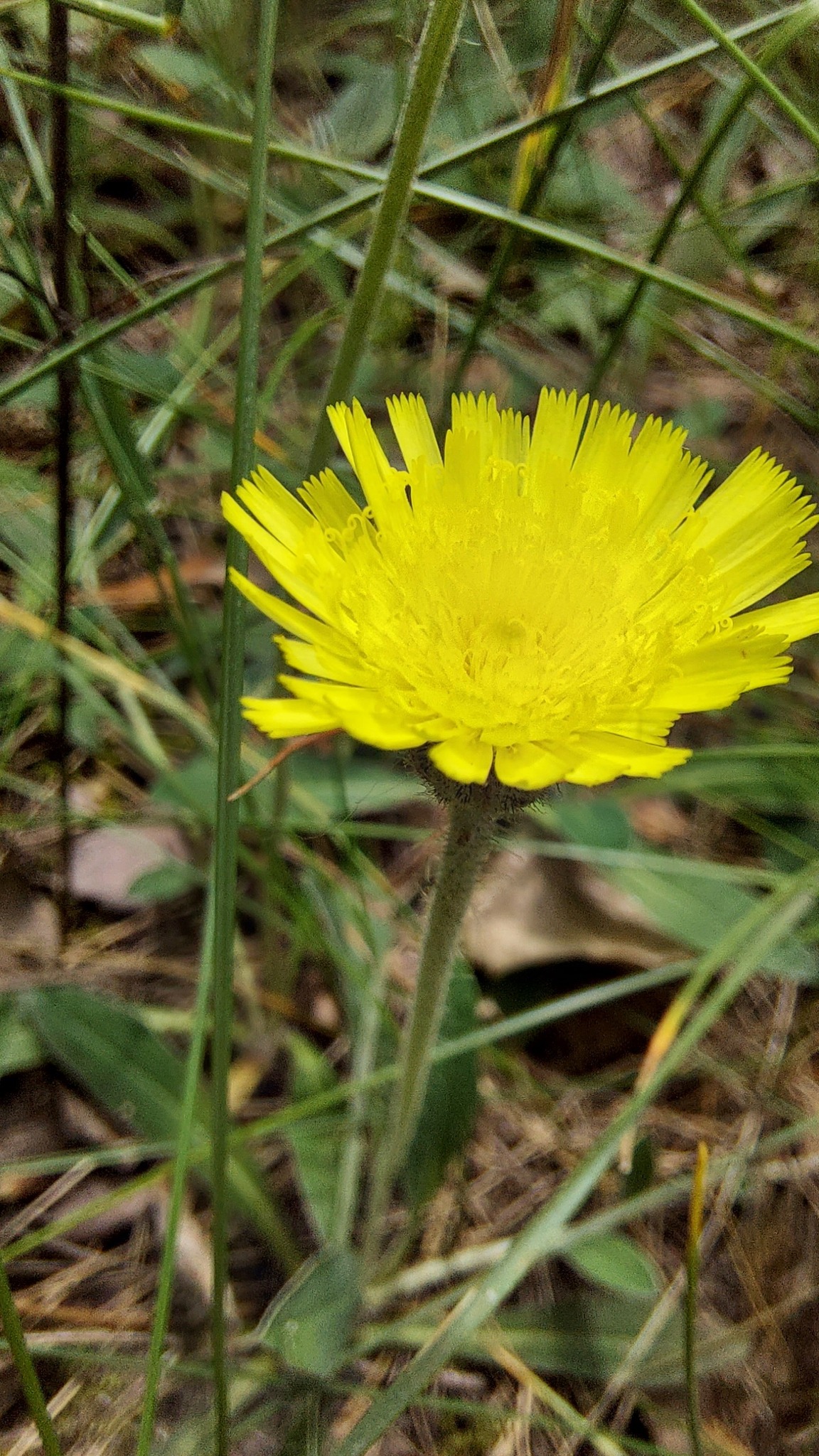
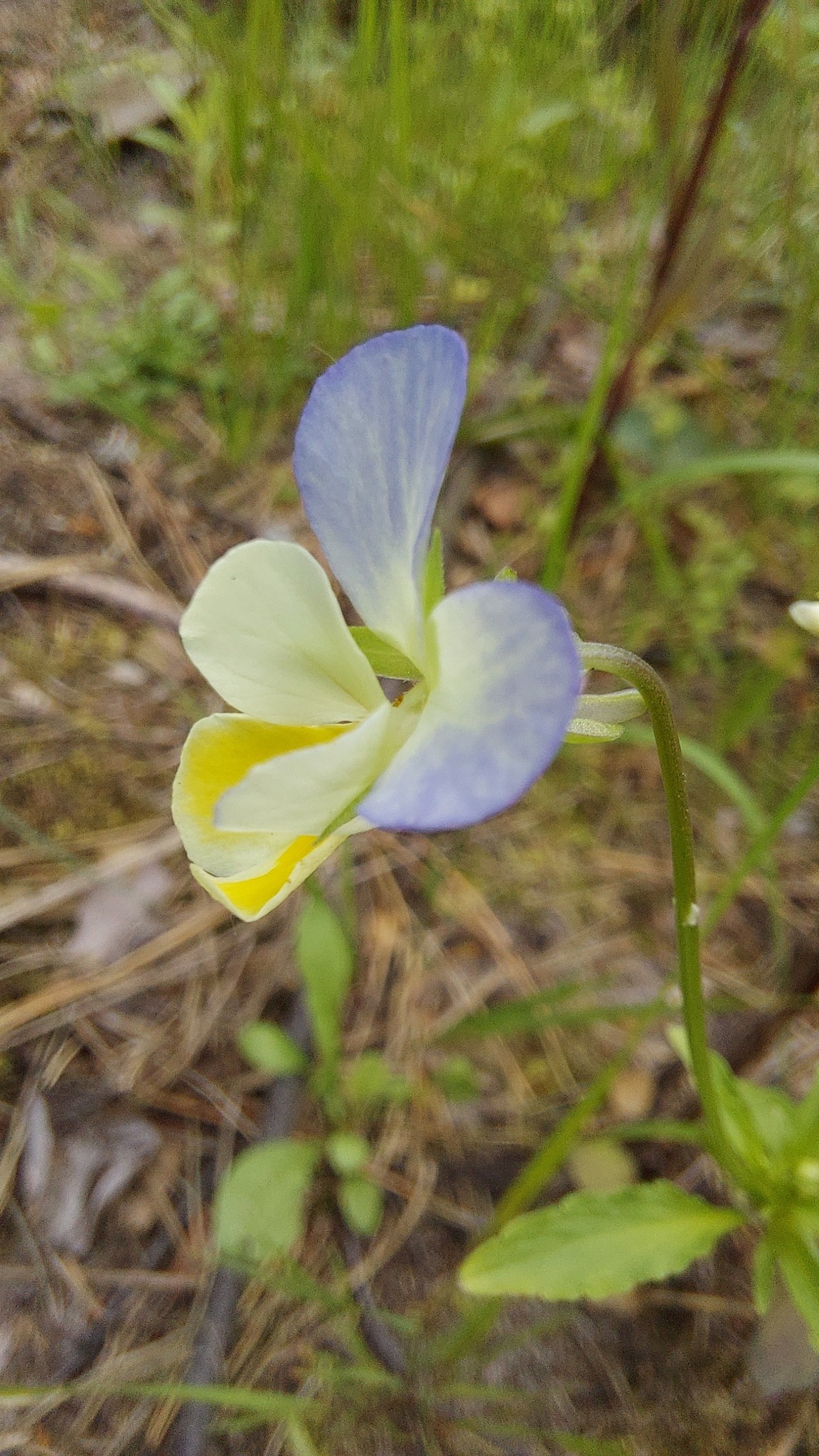

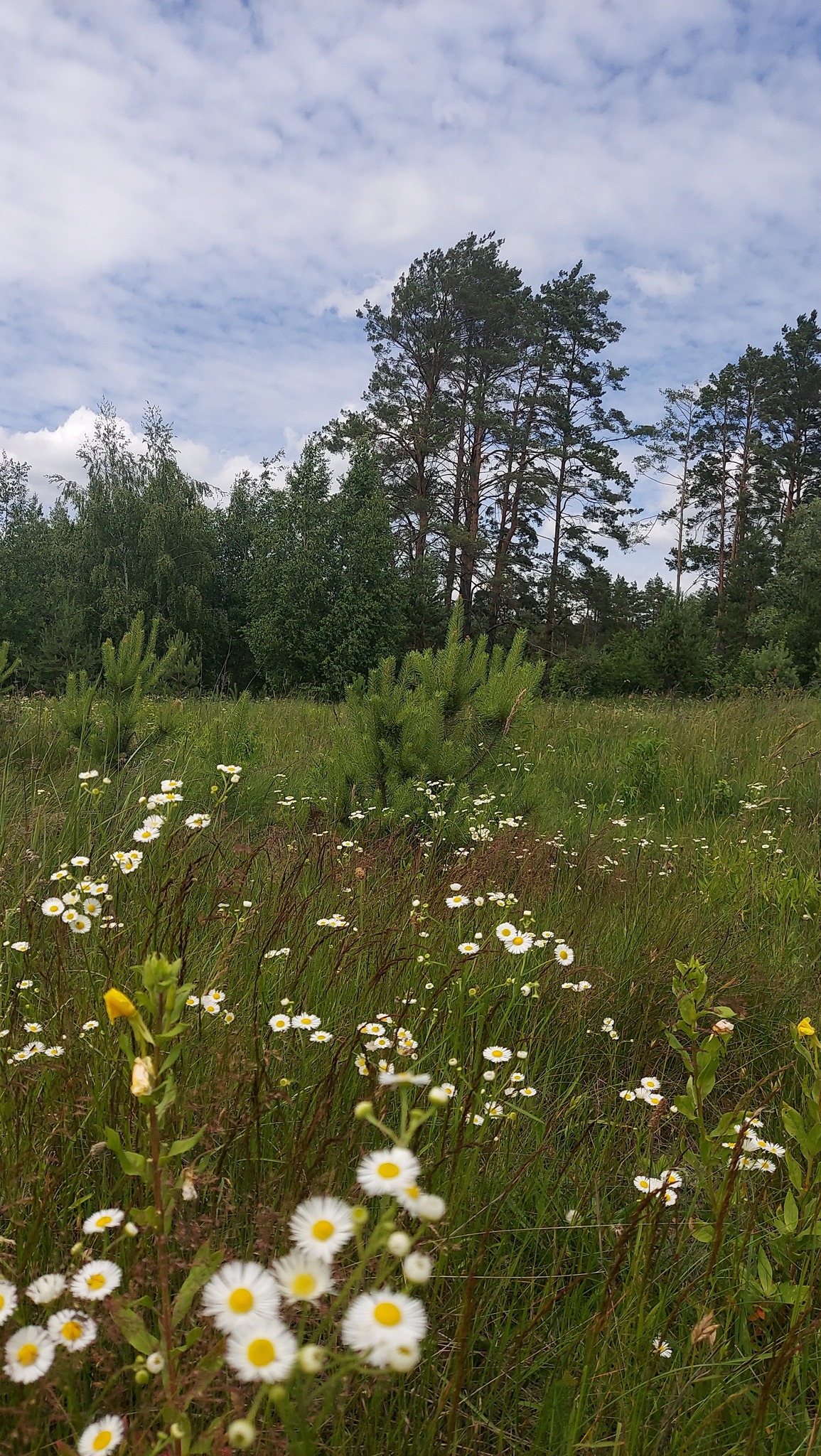
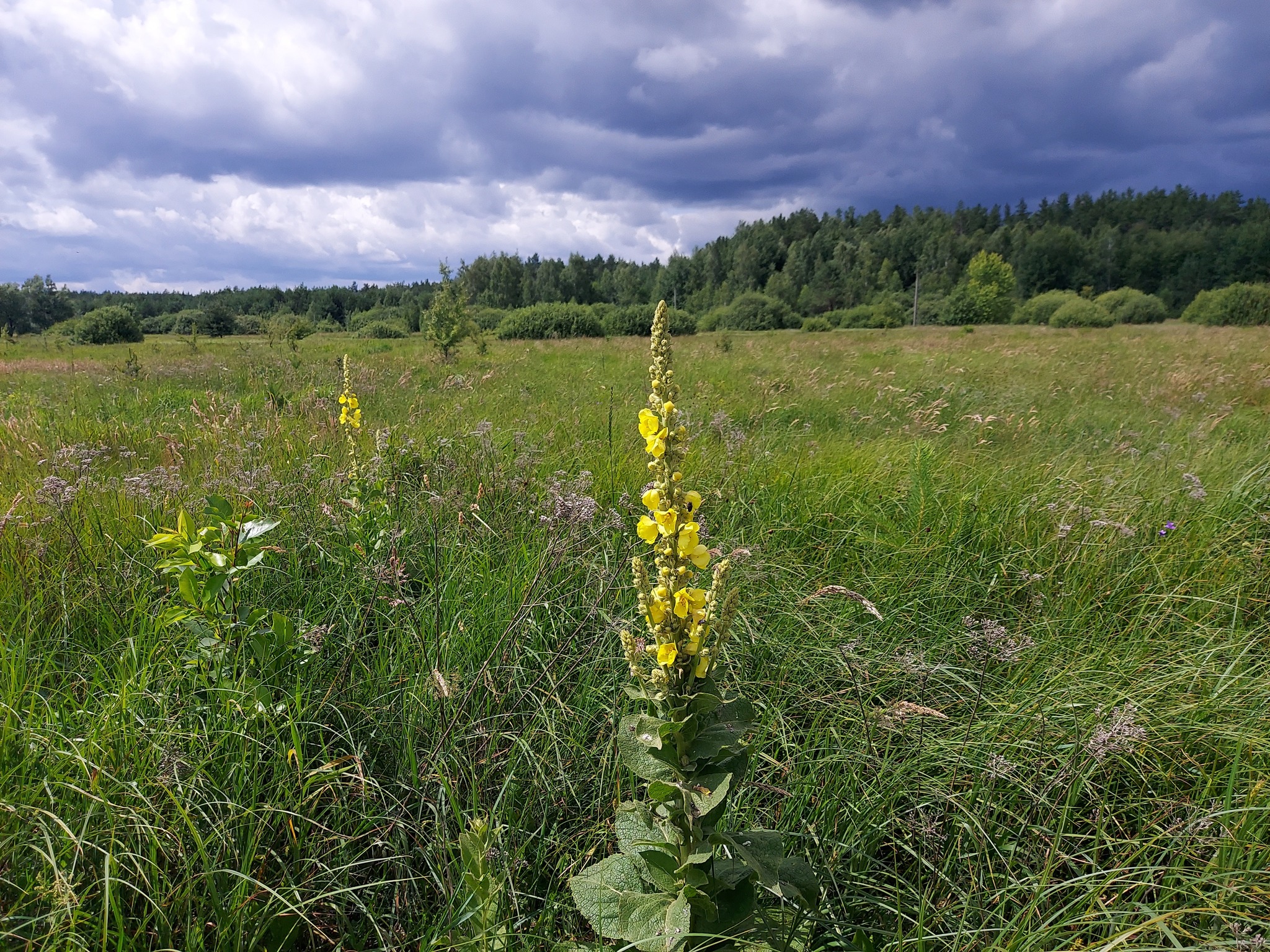
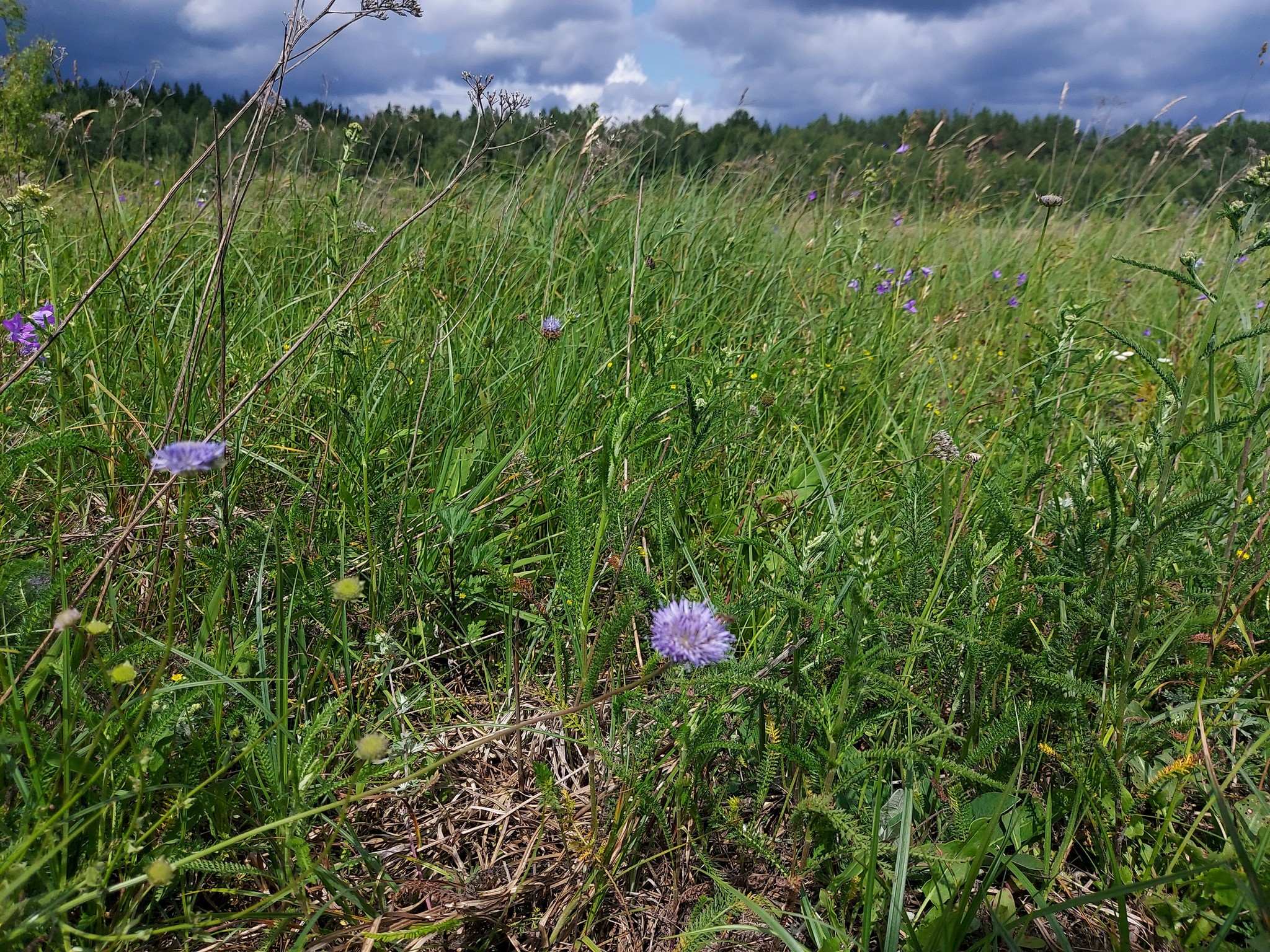
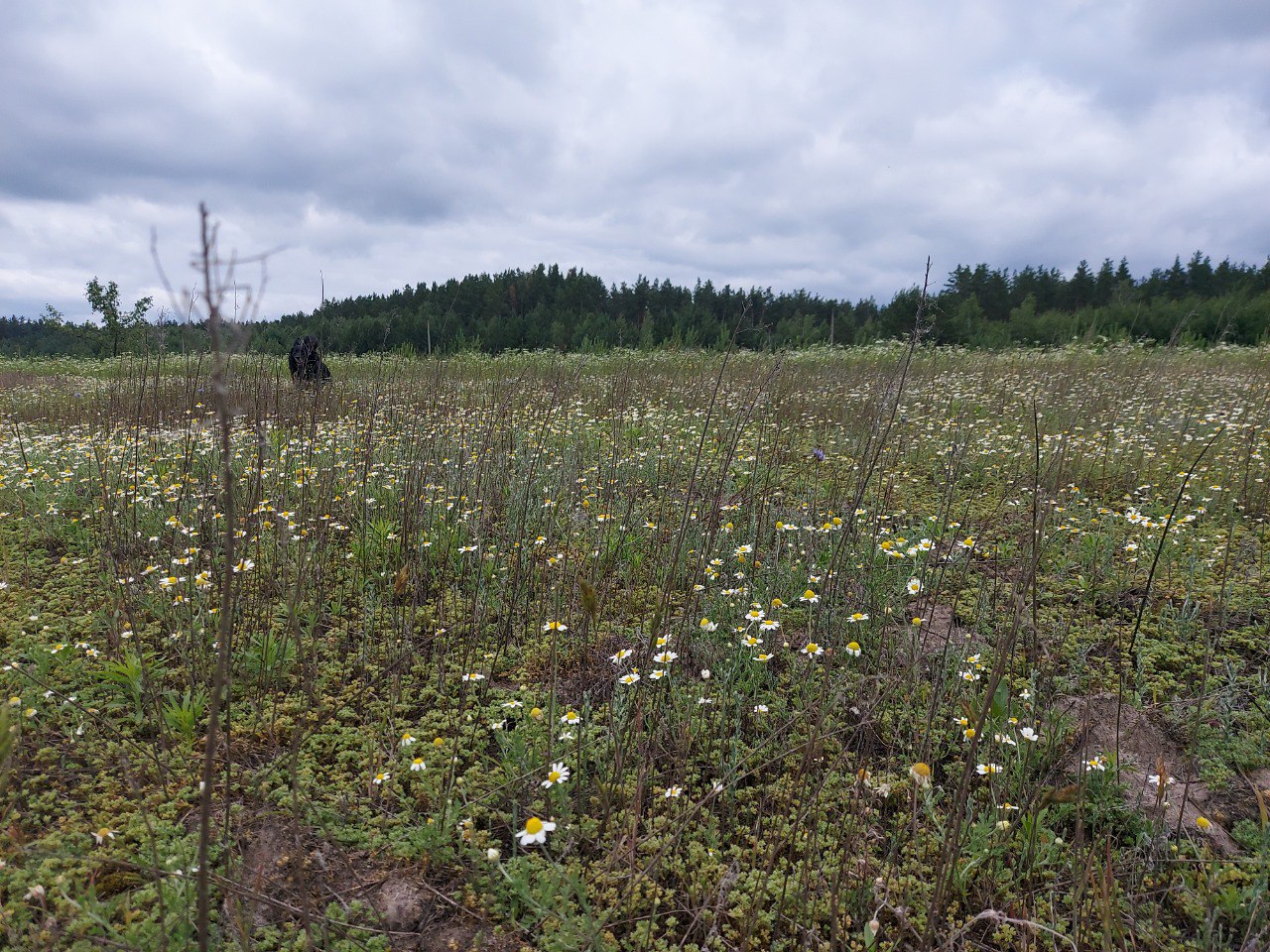
Looking at the flowers, you photographed I would say that (almost) for sure I do have observation of these at my iNaturalist 😄
Nature is amazing and very different on our planet. It's interesting to see what it is like in different countries.
You find beautiful flowers in various colors!
All beautiful
Thank you!
You're welcome!
Hi dear friend! 😀 I would like you to please take into account the rules in the community on the minimum amount of words that the post has to have, 600 words.
The other thing you can do is add a bibliographic reference to some information you provided today, and thus transform your post from a photo post to something more in line with community rules. I think this option is more viable and requires less work! We're not so strict about words, and we also vote for short posts.
https://peakd.com/hive-174680/@hive-174680/guidelines-for-posting-in-our-community-read-before-posting (everything is explained here)@quiubi
My dear friend! Thank you for reminding me about the rule of the community, I really missed this moment (I added more geographical information to my story so that it was clear what place of our beautiful planet I was talking about. I also added some pictures so that you can see the whole landscape.
thanks :D
Thank you ☺️